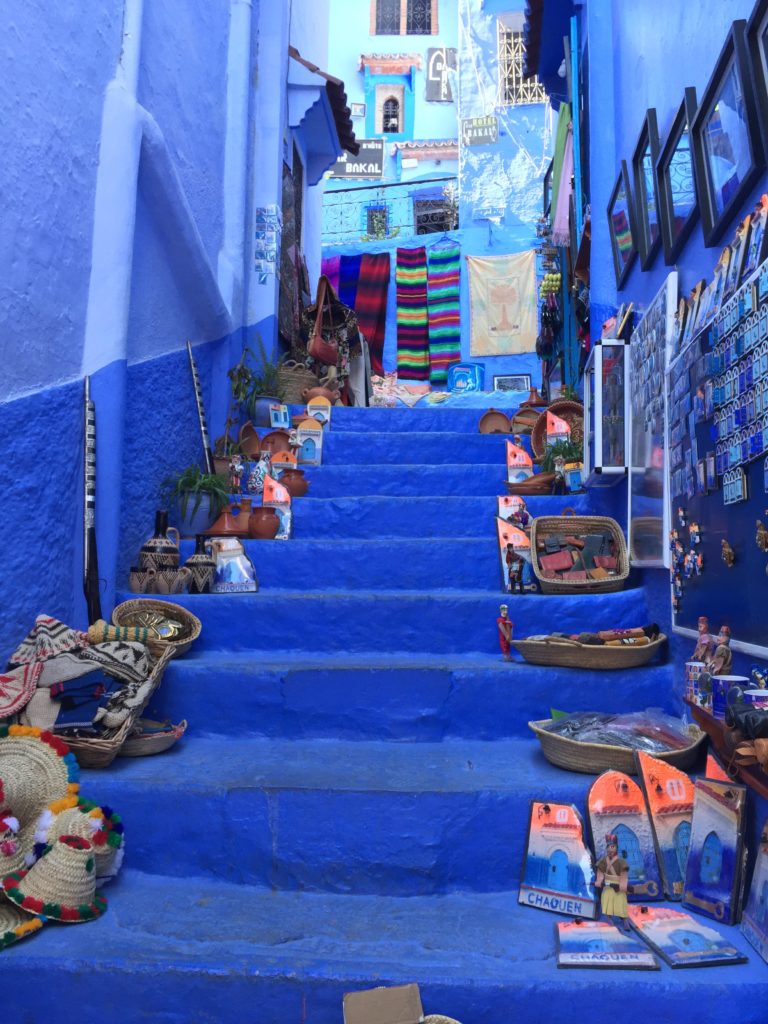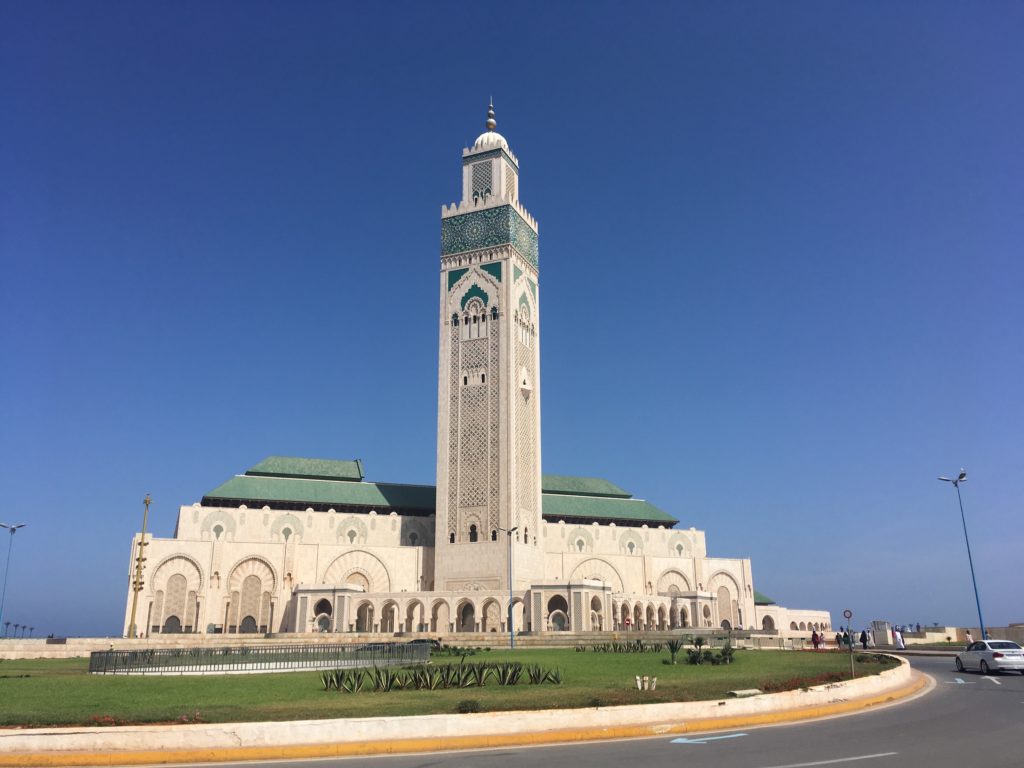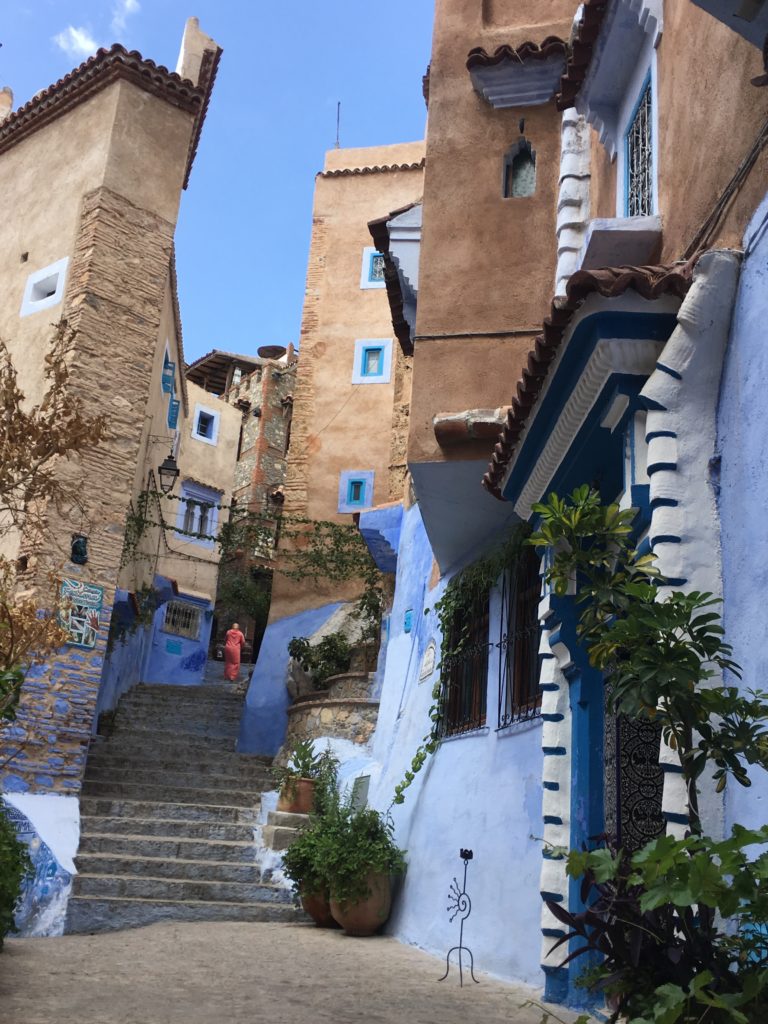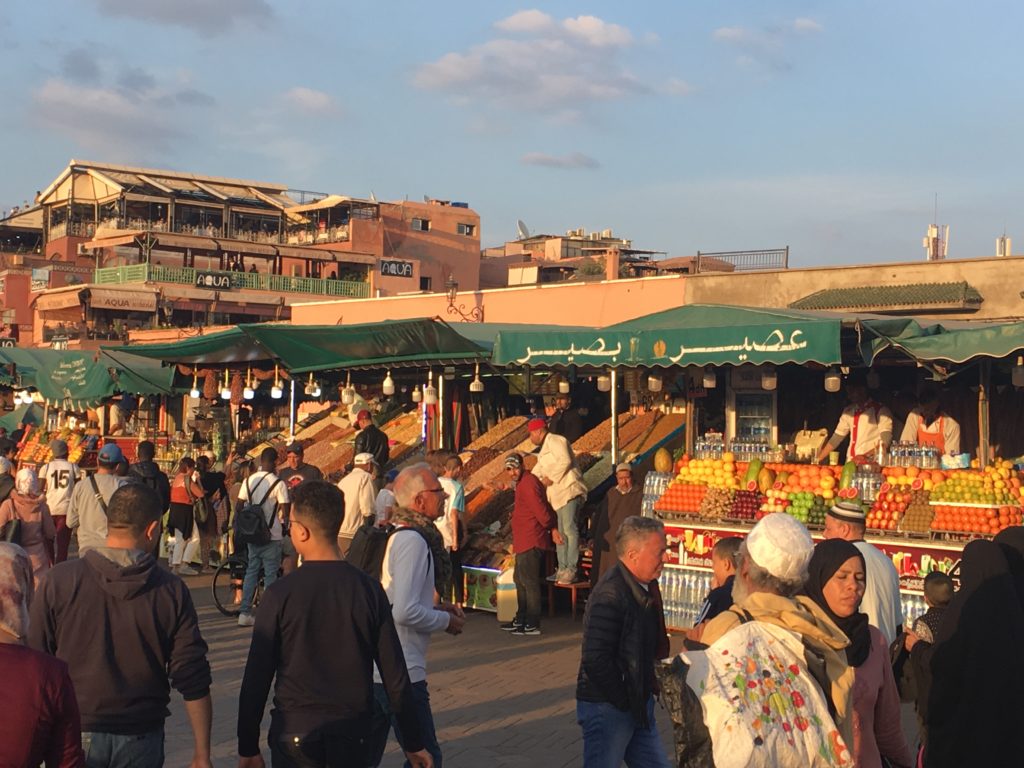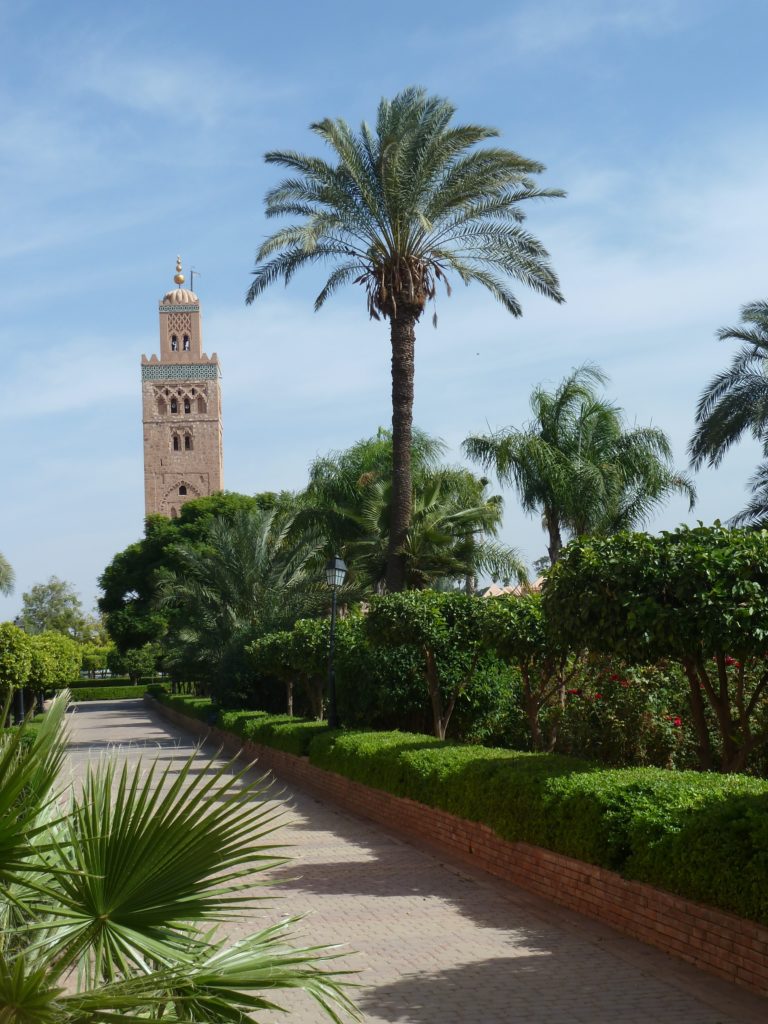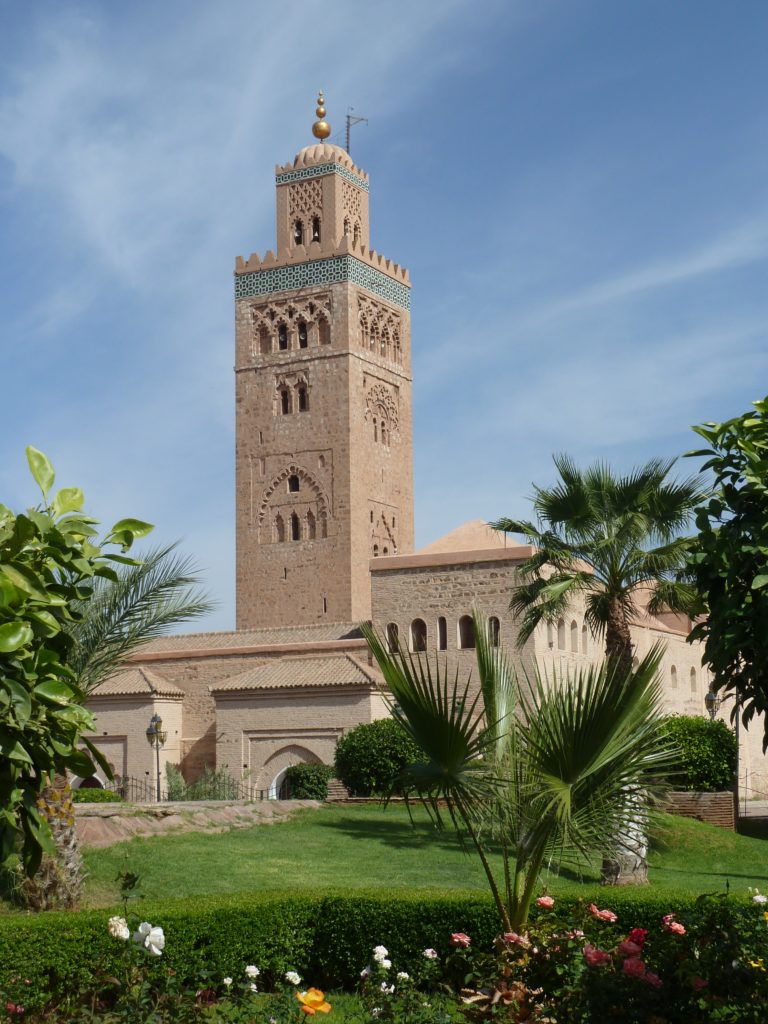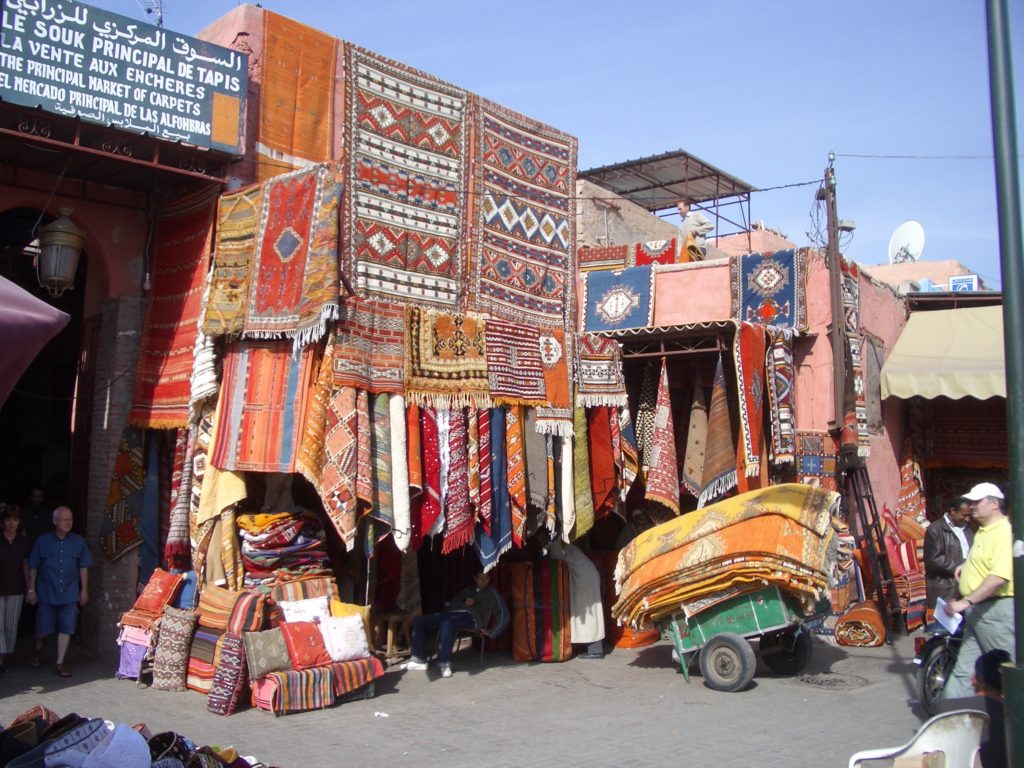This is simply a most fabulous tour of Morocco, combining many of the best sights and experiences of the country blended together to allow travellers to fully immerse themselves into the landscapes and cultures of the ‘real Morocco’.
Starting in the North West in Casablanca, you’ll visit the Imperial Cities of Casablanca, Meknes, Fes and Marrakech where there is so much history to appreciate and stunning architecture and design to relish. Perfectly tucked into these great imperial cities is the ‘Blue City’ of Chefchaouen, a delightful, small settlement nestled in the forested Rif mountains.
After crossing the Moyen Atlas Mountains and reaching the sand dunes of Erg Chebbi by Merzouga, spending the night in a Bedouin Camp is a joy. Crossing the High Atlas Mountains then takes you into the land of the Berbers, a most welcoming and friendly people.
Marrakech, another great Imperial City, then assaults the senses – in a most positive way! Colour, clamour, excitement, noise and spectacle all are here to be savoured.
To conclude your trip, you’ll return to CAssablanca for your departure flight (alternatively, you may wish to depart from Marrakech).
This tour will give you a real kaleidoscopic taste of Morocco, its landscapes, its people and its very special experiences.
Please contact us for a price for your particular group size. Together we can fine tune and adjust this tour to create your ideal, bespoke, absolute tailor made itinerary and provide your quote.
-
5 Stars
-
Guided
-
English, French...


![[GetPaidStock.com]-6611d8efc83dc](https://new.anzaltours.com/wp-content/uploads/2024/04/GetPaidStock.com-6611d8efc83dc-1024x738.jpg)
![[GetPaidStock.com]-6611d8248b79b](https://new.anzaltours.com/wp-content/uploads/2024/04/GetPaidStock.com-6611d8248b79b-1024x656.jpg)
